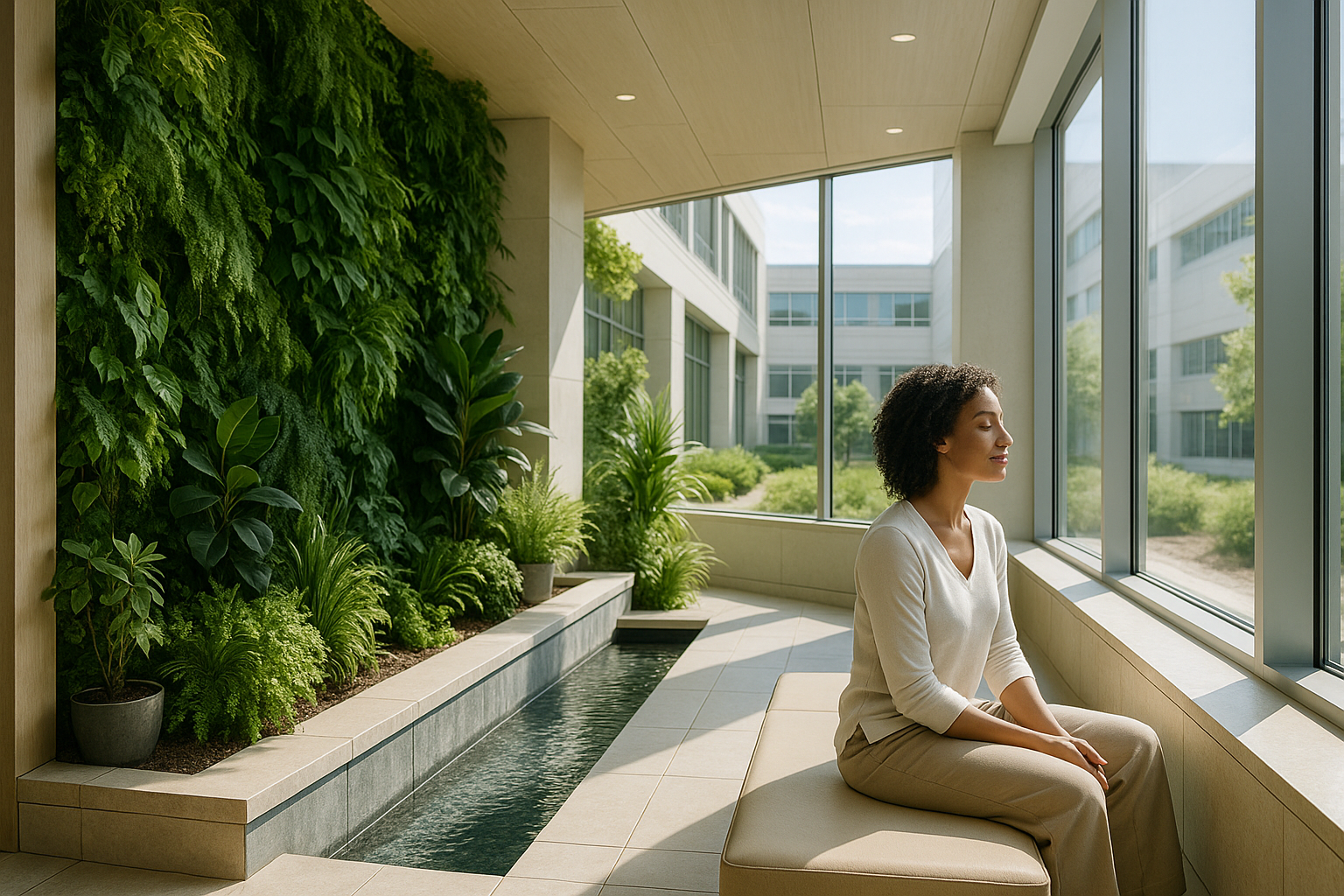Unraveling the Benefits of Biophilic Design for Health and Wellness
Have you ever noticed how a walk in the park or a stroll by the beach has a soothing effect on the mind and body? This innate connection we share with nature and the role it plays in enhancing our well-being is the focus of Biophilic Design. This emerging field in health and wellness aims to bridge the gap between our modern, urban lifestyles and our inherent need for natural environments.

Background and Key Developments
The term ‘Biophilia’ was first coined by the American biologist Edward O. Wilson in the 1980s, describing an innate and genetically determined affinity of human beings with the natural world. Recognizing the significant impact of the built environment on human health, the concept of Biophilic Design has evolved over the years, becoming a key element in architecture and interior design to improve mental, physical and emotional health.
Current Health Trends and Research-Driven Recommendations
Various studies indicate that incorporating elements of nature into our built environment can have profound effects on our health and well-being. Whether it’s the inclusion of indoor plants, natural lighting, or materials that mimic natural patterns, these design elements can decrease stress, enhance creativity and clarity of thought, improve well-being, and expedite healing.
A 2015 study published in the Journal of the American Medical Association found that patients in rooms with windows overlooking a natural scene had shorter postoperative hospital stays, received fewer negative evaluative comments in nurses’ notes, and took fewer potent analgesics than those in similar rooms with windows facing a brick building wall.
Benefits and Challenges of Biophilic Design
While the benefits of Biophilic Design are clear, implementing it poses certain challenges. For instance, maintaining indoor greenery can be a significant task, especially in larger spaces. Additionally, creating a balance between natural and artificial elements is crucial to avoid overstimulation. However, with careful planning and design, these challenges can be overcome.
Scientific Credibility of Biophilic Design
Biophilic Design is backed by extensive research in environmental psychology, demonstrating that environments rich in nature views and imagery reduce stress and enhance focus and concentration. The Human Spaces global report also found that employees who work in environments with natural elements report a 15% higher level of well-being.
Interesting Facts about Biophilic Design
-
The term “Biophilic Design” was coined by Stephen Kellert, a Yale University social ecologist.
-
Biophilic Design elements are not just limited to plants but can also include water, natural lighting, natural materials, and views of nature.
-
A research study found that classrooms that incorporate biophilic design can improve learning rates by over 25%.
In conclusion, Biophilic Design is an innovative approach that leverages our inherent connection with nature to enhance our well-being. It’s a testament to the fact that our environments play a crucial role in our health and wellness. As we continue to navigate our modern, urban lifestyles, integrating natural elements into our built environments could be the key to a healthier, more balanced life.




